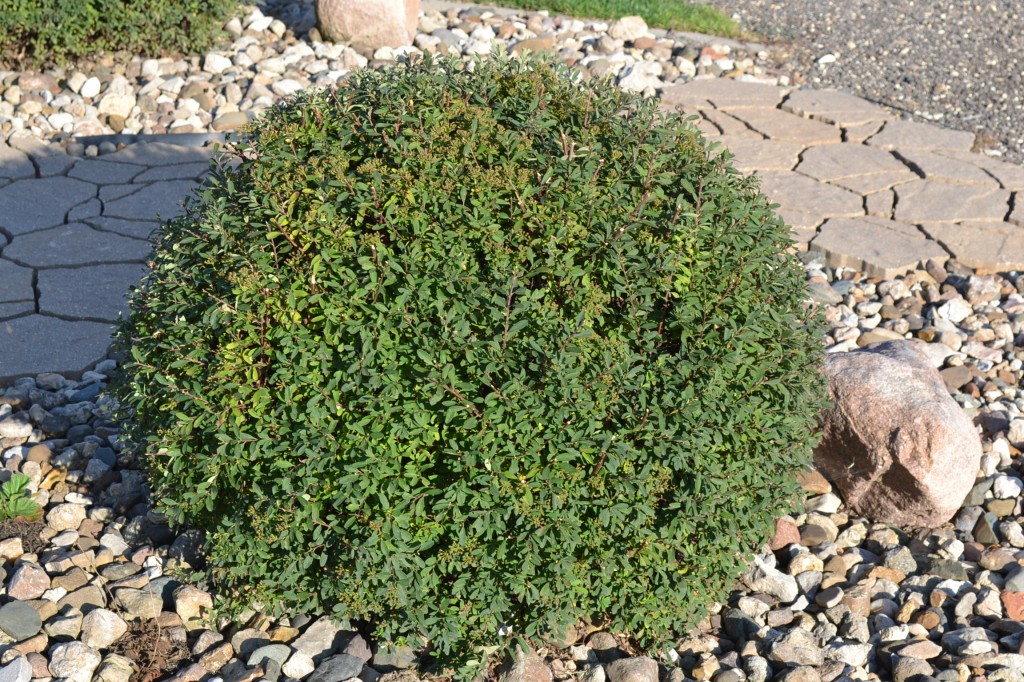Transplant plant material such as perennials, shrubs and trees in the fall to increase their success. Cooler temperatures in the fall make way for optimal transplanting conditions. All transplanting should be done prior to the ground freezing. If you transplant plant material before the ground freezes, it will give the plants a chance at rooting in. If you have over grown shrubs or perennials in your landscape, consider moving them to a new location. When you transplant plant material make sure to re-install the plants in an area that best fits their needs. As with any established landscape, you might want to re-arrange your plants down the road. Plants that were installed in too small of areas could benefit from a change in their location. If you have plant material growing together, consider re-spacing your plants or removing a few of them.
Keys to success when you transplant plant material.
- Make sure that you transplant your plant material before the ground freezes.
- Transplant your plant material earlier in the fall instead of later so that you can start to re-establish the plant.
- Remove as many roots of the plant as possible.
- Separate perennial plants to encourage new growth and to promote the health of the plant.
- Try to minimize the damage to the plant when transplanting it. If you damage the bark of the plant, you make the plant susceptible to disease or insect damage.
- Most trees require a tree spade in order to relocate them. Tree spades remove a large plug of soil along with the plant. The more soil removed, the more roots saved. More roots, means a higher transplant success rate.
- Adequately water your newly transplanted perennials, shrubs or trees. With any new plant installation, it is important to provide adequate water to the plant. When you transplant plant material, you are reducing the plant’s ability to take up water. Watering your plant ensures that the plant has enough moisture for its success.

